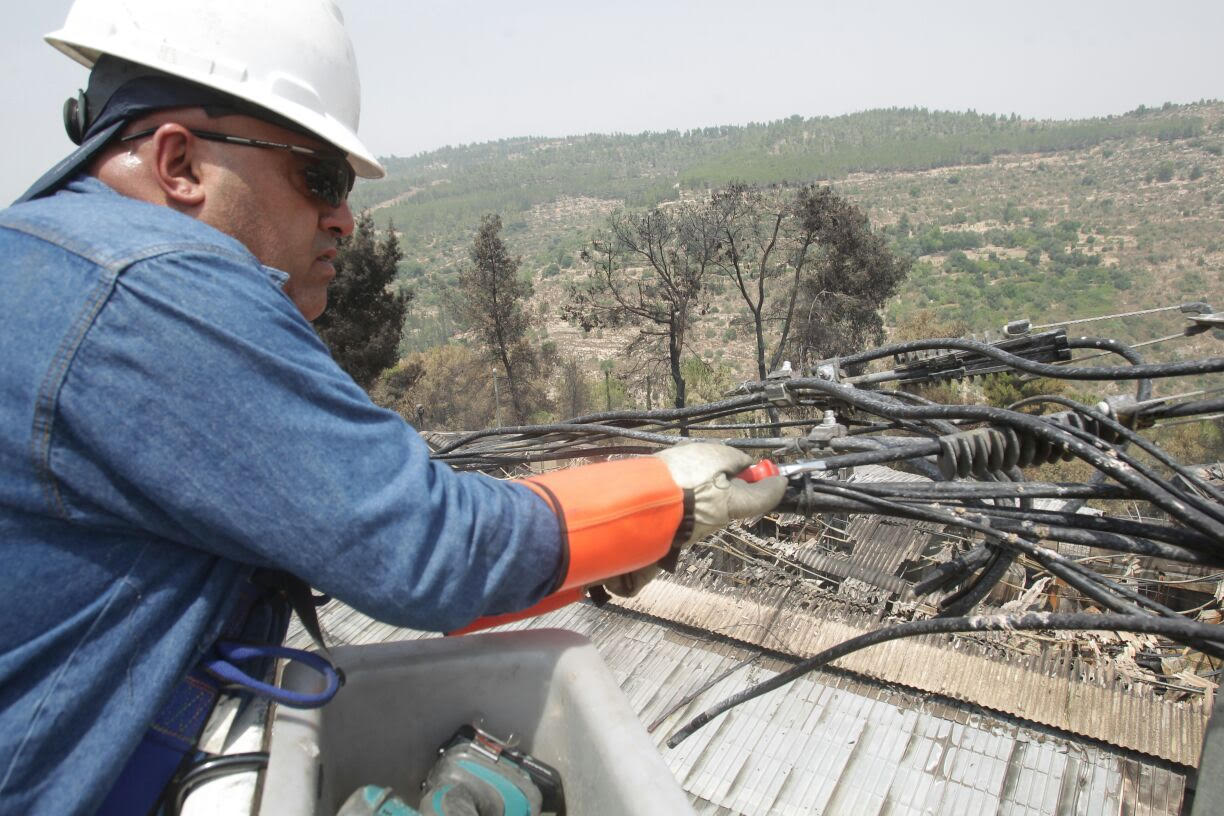הקורונה משפיעה על צריכת החשמל של אנשים ברחבי העולם
03/05/2020 10:37

It’s a similar story wherever lockdowns bite. In New York, electricity use has fallen as much as 18% from normal times at 8 a.m. Tokyo and three nearby prefectures had a 5% drop in power use during weekdays after Japan declared a state of emergency on April 7, according to TESLA, an energy forecaster.
Italy’s experience shows the trend most clearly since the curbs started there on March 5, before any other European country. Data from the grid operator Terna SpA gives a taste of what other places are also now starting to report. With no commute to the office people can sleep longer. Normally, electricity demand began to pick up between 6 a.m. and 8 a.m. Now in Germany, its clear coffee machines don’t go on until between 8 a.m. and 9 a.m., said Simon Rathjen, founder of the trading company MFT Energy A/S.
Germany, France and Italy — which between them make up almost two thirds of the euro-zone economy — all have furlough measures that allow workers to receive a salary while temporarily suspended from their jobs. The U.K. also has a support package. Many of these workers will be getting up later.
"Now I have quite a relaxed start to the morning,” said David Freeman, an analyst in financial services from London. “I don’t get up until about half an hour before I need to start work.”
There is a deeper dip in electricity use in the afternoons. Previously, power use rose between 2 p.m. and 5 p.m. Now it dips as people head out for a walk or some air. This chart from U.K. grid operator National Grid Plc shows that afternoon drop off. It’s “as though we are living through a month of Sundays,” said Iain Staffell, senior lecturer in sustainable energy at Imperial College London.
מחירי סחורות
מדדי נפט וזהב
EIA today in energy
Powered by Pixeline





